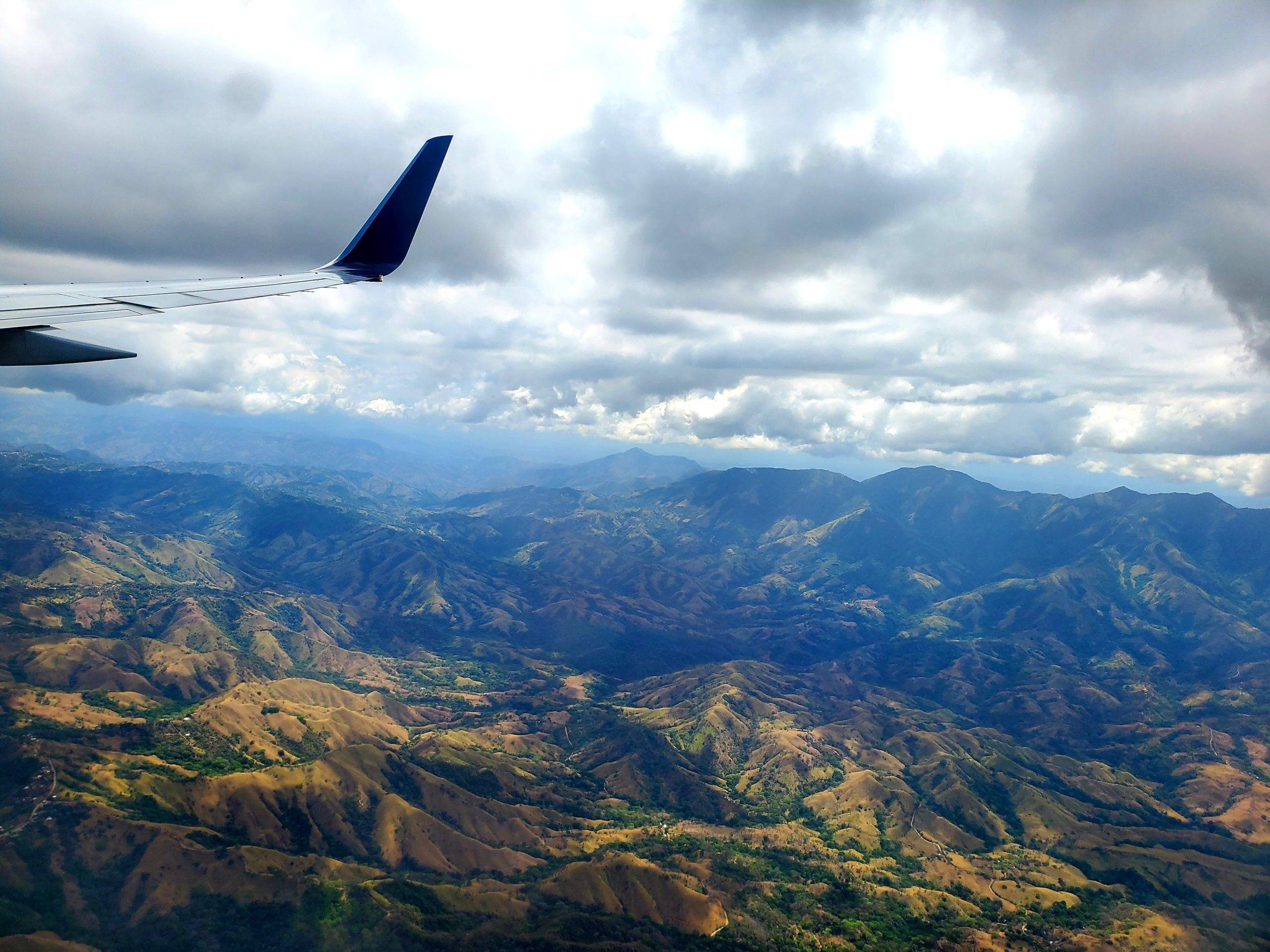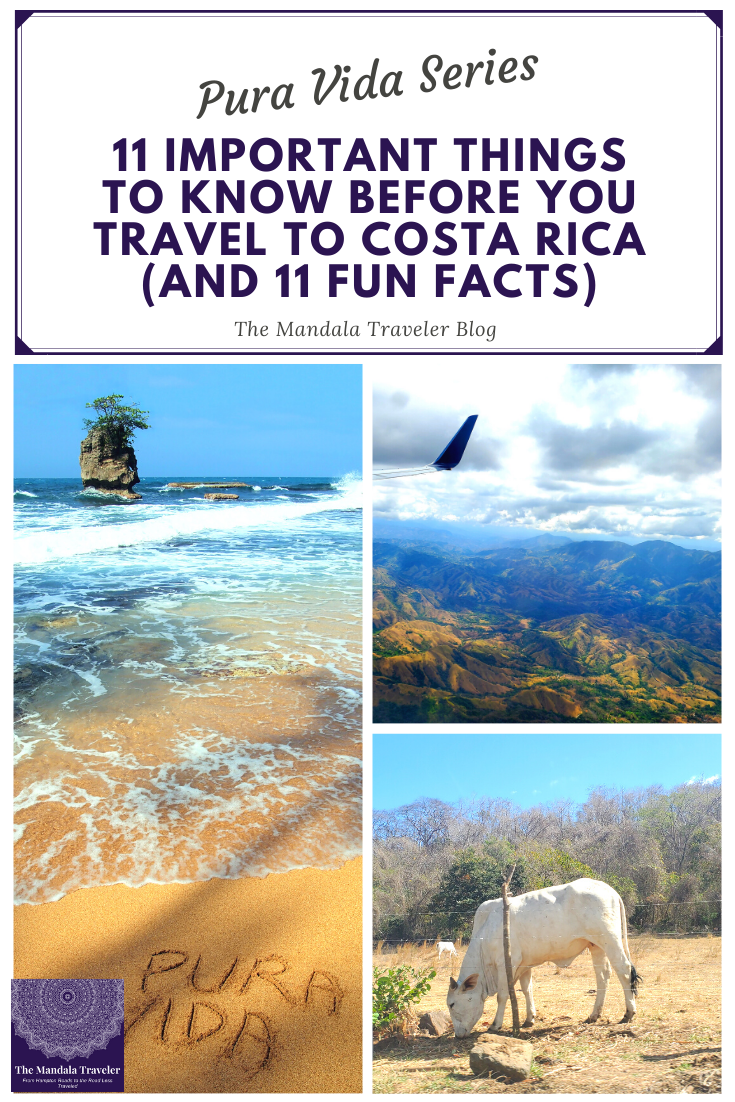Welcome new visitors and old friends! I’ll be continuing my Pura Vida series this week by sharing 11 important facts (and 11 fun ones) about traveling in Costa Rica! If you’re planning a trip there (or at least considering it), you’ll want to know these in advance.
As we prepared to take our first trip to Costa Rica, there were a lot of unknowns that I needed to research. Neither of us had ever been to a Central American country, and I wanted to make sure we were prepared for everything. So I studied up and found the answers to most of my questions. But I also learned so much just by being in the country! There were things I would never have thought to look up that influenced our trip in one way or another.
I wanted to share those big ones with you today, as well as a few fun facts that you might not have known about the beautiful country of Costa Rica.
11 Important Things to Know Before You Travel to Costa Rica
The Water is Usually Safe to Drink
Unlike some other Central American countries, the water in Costa Rica is generally safe to drink straight from the tap. We refilled our water bottles throughout the week in La Arenal and Guanacaste and had no problem. However, you may want to be cautious in certain areas and ask your hotel before drinking. This includes the Caribbean coast, Osa Peninsula, and Guanacaste (when particularly dry).
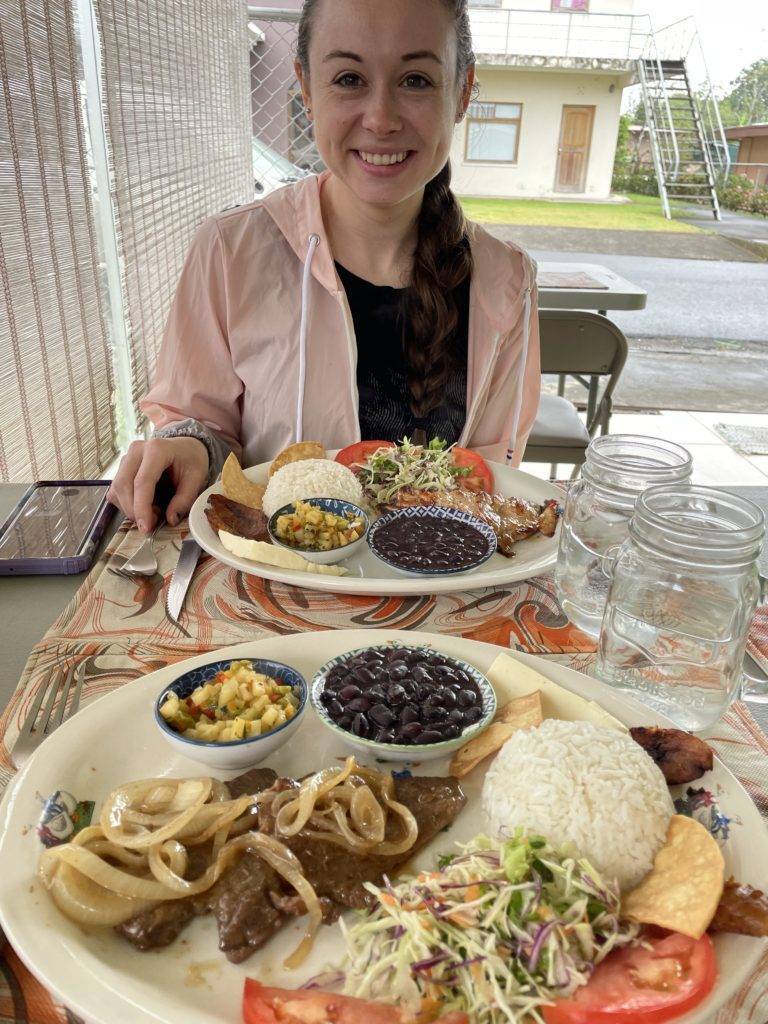
If you’re worried about the trip, you’ll find plenty of bottled water at local supermercados and restaurants, or you can buy a bottle filter.
You Can Use a Credit Card or American Dollars in Almost Any Major Area
I read this before arriving in Costa Rica, but I wasn’t sure how it would turn out. When we landed in San Jose, I converted about $60 to colones. With fees, I think we walked away with about $52, or ~34,400 colones.
This money lasted us all week because we could use our credit cards almost everywhere in San Jose, La Fortuna, Monteverde, and Guanacaste! I used an American Express with no foreign transaction fees, which was even more convenient. On a rare occasion, we went somewhere that only used Visa, so we had a backup just in case.
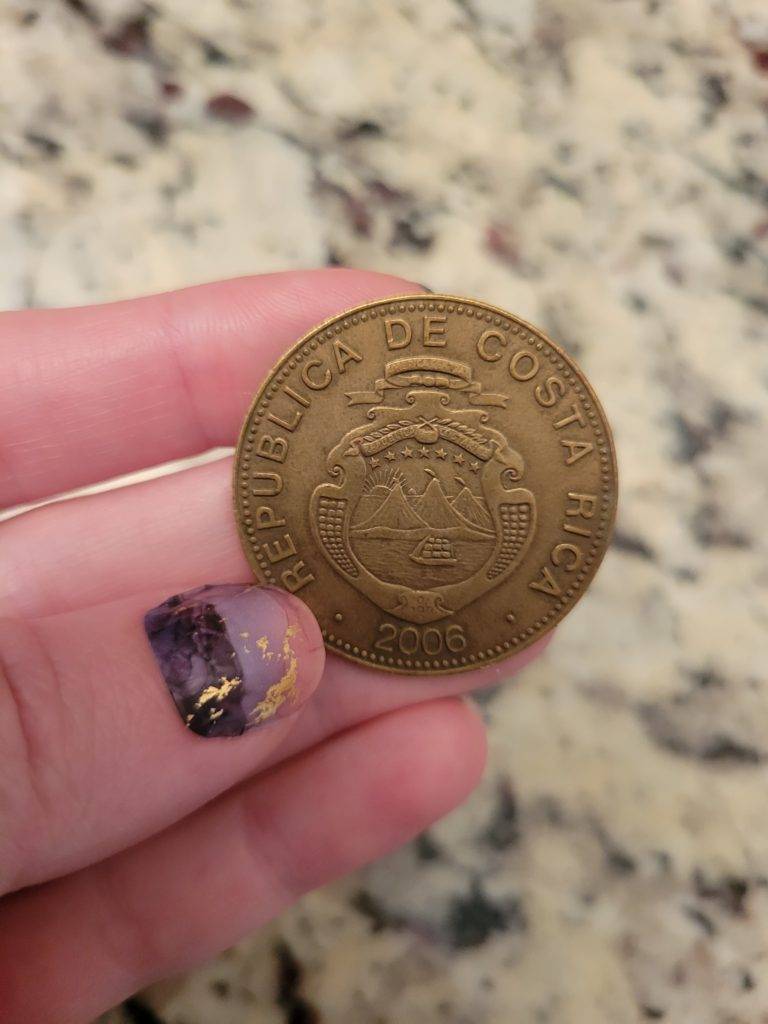
If you go off the beaten path, you’re more likely to need cash, so it is wise to have it on hand. However, we noticed several major towns even had signs at the entrance stating, “American Express Welcomes You.”
I don’t think we ended up using American cash for anything. But if you do, be aware that some stores will charge you a conversion fee for American money, and they may give you change back in colones. Also, pay attention to your bill to make sure that you paid the American dollar amount, not colones, if they have a system that processes both, or vice versa.
*We used my Delta Skymiles card for most of the trip, which had no foreign transaction fees and helped me earn a bunch of miles for future flights. It also let us check our suitcase for free on our Delta flight! If you’re interested in using those perks for your next international trip, check out the link below.
Apply for an American Express Card with this link. We can both get rewarded if you’re approved! http://refer.amex.us/CARRIc0yCw?xl=cp17
Driving Can be Intense
Driving rules were probably the most significant thing we had to learn once we arrived in Costa Rica. I thought Atlanta traffic was intense, but this was an entirely different level.
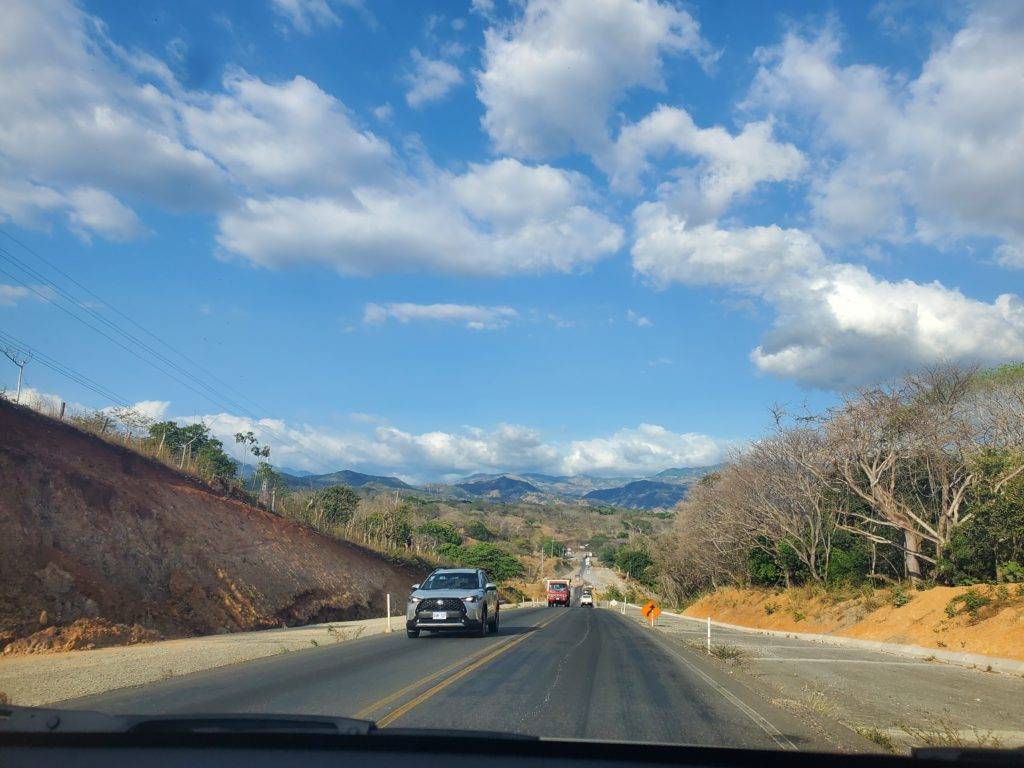
Here are a few essential things to know before you hit the roads:
- You can drive in Costa Rica with a valid license from your home country.
- It’s illegal to move your car after an accident! Traffic will continue to flow around the disabled vehicles quickly, but it can also cause traffic jams.
- Motorcycles go wherever they please, so watch out for them on either side of your car and whipping between lanes.
- One-lane bridges are common. Look for the yield sign to see who has the right of way, but be aware that many drivers will claim the right of way if they arrive on the other side first.
- Speed bumps may be hard to see. Especially at night, drive carefully through the towns to make sure you don’t scrape the underside of your car on a poorly-painted speed bump.
- Avoid driving through the mountains at night. Many mountain roads are a collection of hairpin turns that are difficult to navigate after dark.
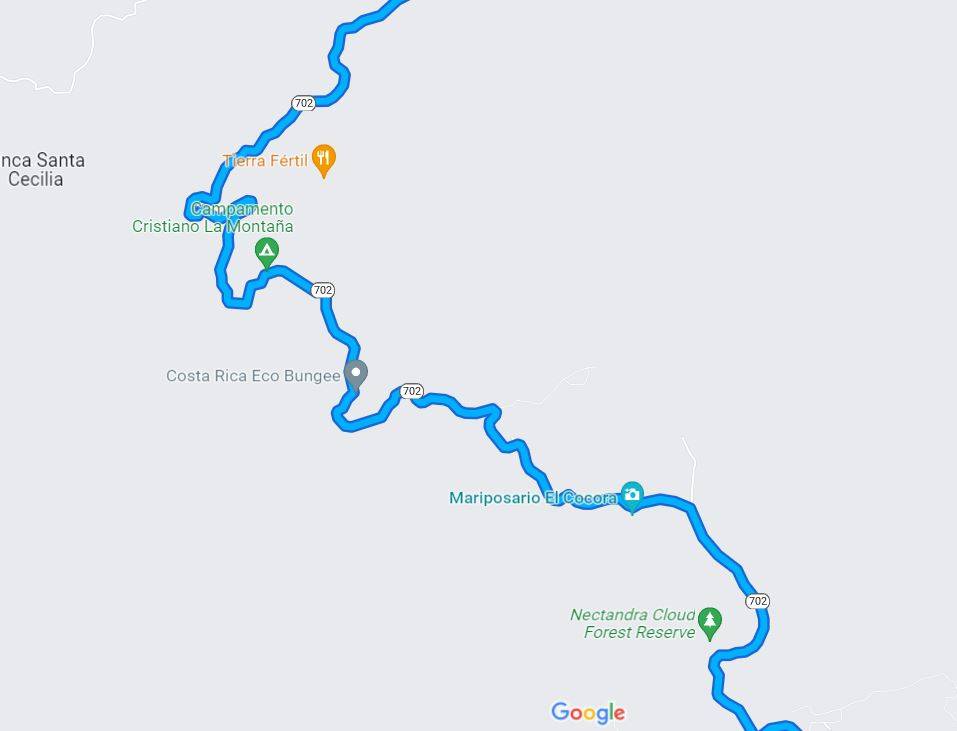
- Roads are inconsistent outside of the cities. It’s not uncommon to go from a smooth road to a dirt path full of potholes within a minute. Take care as you drive and be ready to “off-road.” For that reason, I highly recommend renting an SUV for your trip.
- Drivers are aggressive. You will get cut off in traffic, be honked at, and watch people make questionable passing decisions. Just drive as steady as possible, and you’ll be fine.
- Pedestrians do not have the right of way and will not expect you to stop for them. Be careful if you do because you might get rear-ended.
- Road signs are scarce and not always clear, so it’s crucial to have Waze or Google Maps set up.
- You’ll often see people stopping right in the middle of the road with their hazards on because that’s where they need to be for a few minutes. Just proceed around them with caution.
You Can’t Always Flush the Toilet Paper
Unfortunately, most of the plumbing in Costa Rica can’t handle toilet paper. If you stay at a nicer/newer location, you may be in luck and not have any issues because they’ll have updated pipes and waste systems. However, be considerate of the places you visit and heed any signs they have asking you not to flush the TP.
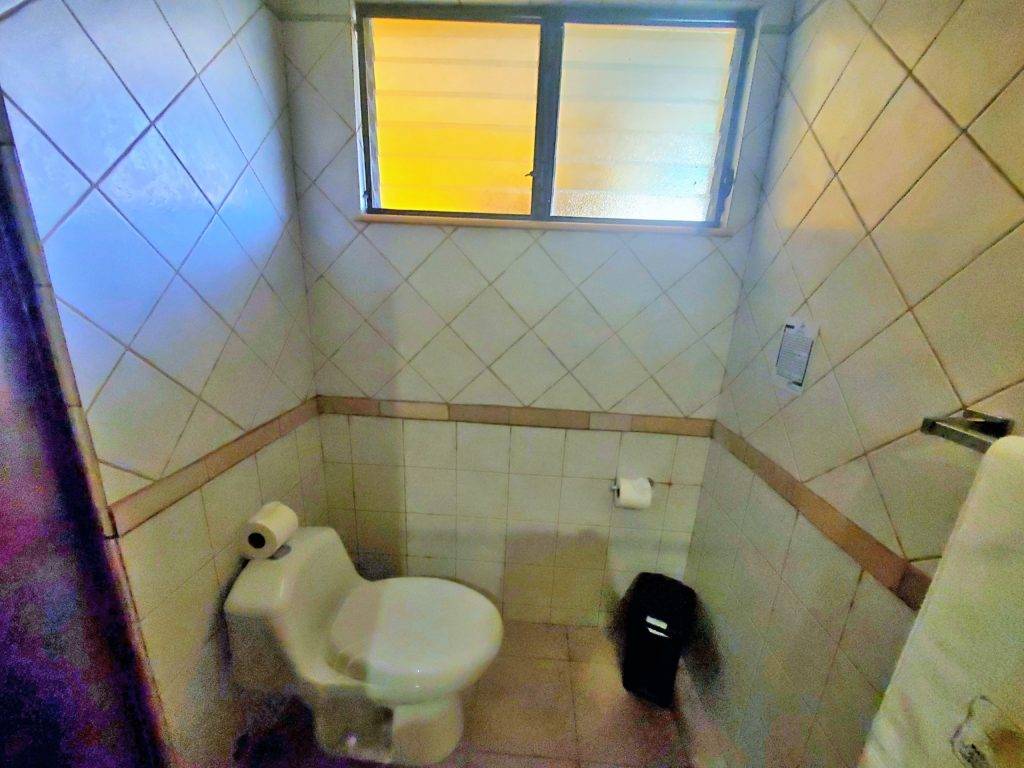
Instead, you’ll need to place your toilet paper in the trash can next to the toilet. Yes, it feels weird, but you’ll get used to it. 😉
Wildfires Can Be an Issue
Wildfires weren’t something we thought of before we arrived in Guanacaste. After all, it’s hard to associate a lush, tropical rainforest with fires. But particularly on the dry, arid coast, wildfires are an unfortunately common occurrence.
When we first entered Guanacaste, I commented to Daniel that a lot of the land looked burnt. We speculated whether it was from controlled brush fires or something else. Later that week, one of our guides shared that wildfires are an issue because the small brush fires quickly get out of control.
We visited during a particularly rough time this year when about 10,000 hectares were damaged. We saw various controlled fires throughout the week, but we also passed a pretty bad fire near San Jose on our way back.
I’d recommend checking the reports during any visit to Guanacaste (or other dry areas) to ensure you’re not driving too close to a reported fire.
Many Prices Include Tax and Service Fees
I hate getting a bill with lots of extra taxes and fees. It drives me crazy, especially when I’m trying to be budget-conscious. So something I loved about Costa Rica is that many of the listed prices already include the taxes and fees!
There’s usually a note somewhere that says whether or not the extras are already included, so you know before you order/check out. But I particularly loved picking out a meal and knowing that the entire thing was $8 with taxes instead of an $8 base rate.
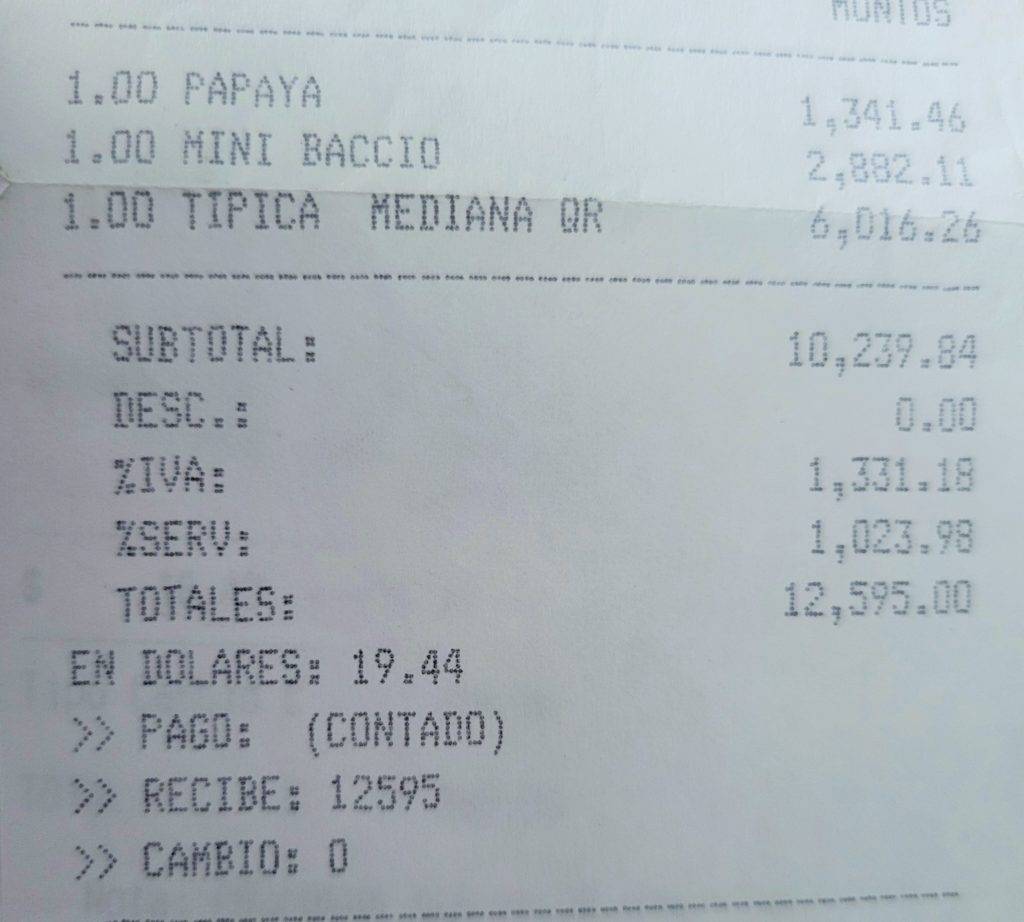
Remember that the service fee doesn’t always go to your server at a restaurant, so it is nice to give them a tip anyway. I tried to read up on this from others living in Costa Rica, and it seems that the standard is to provide a 15-20% tip if there is no service charge listed and a 10% tip if there is a service fee.
You’ll Sharing Living Space with the Wildlife
Costa Rica is a paradise, but even paradise has bugs and lizards! I will say that this was not nearly as bad as I expected, but it may have to do with the quality of our hotels. I have stayed in places in Florida and Mexico that were way worse as far as cockroaches. But we did have a few “creepy crawlies” invade our space at even the nicest places.
Thankfully, we only had one cockroach, but we also found a golden beetle in one of our showers and a little lizard over our bed. It’s also not uncommon to see lizards or giant beetles scuttling around pathways or restaurants, so just be prepared. Most of the creatures you see won’t harm you.
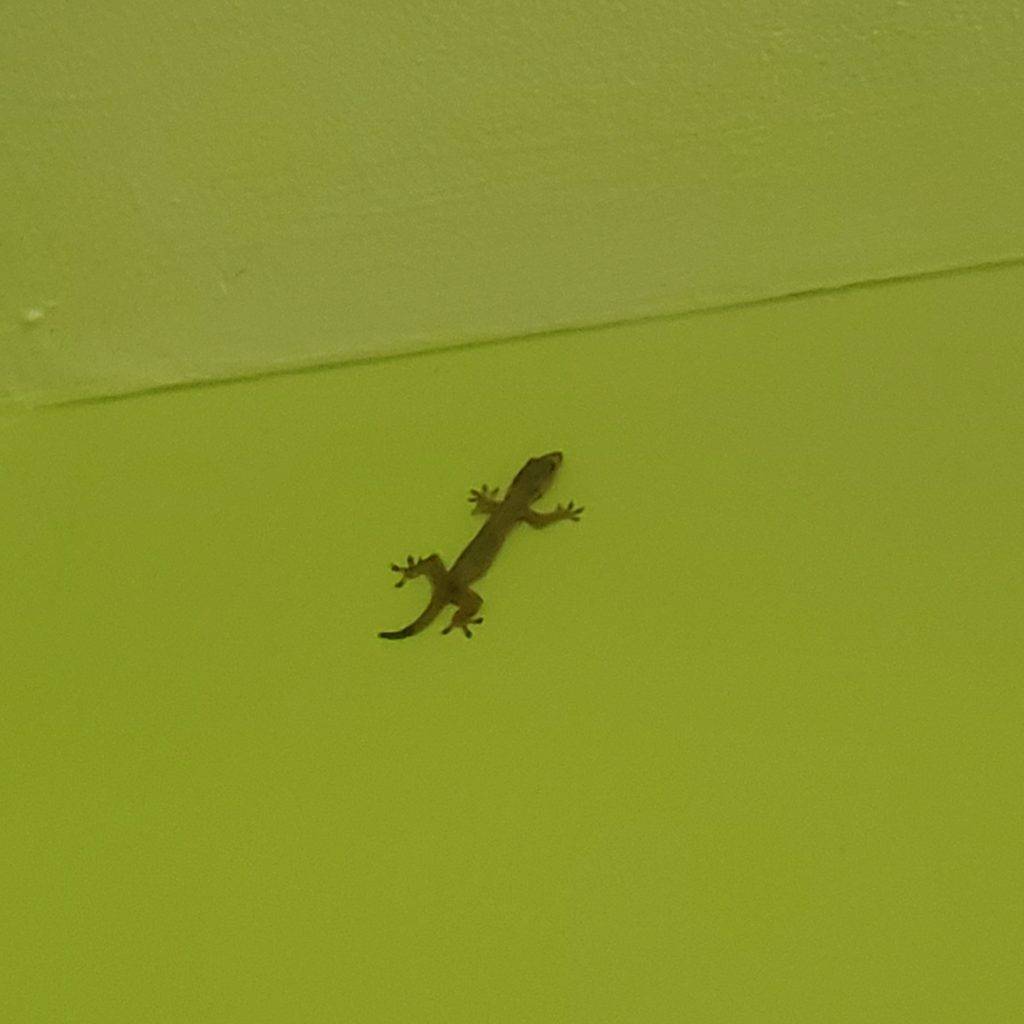
However, we talked with a girl staying at a lower-budget hotel in Guanacaste, and she found a brown recluse in her shower. She mentioned that her doors and windows had lots of cracks/gaps, making it easy for the wildlife to come in. As you book your hotel and read the review, keep that in mind to ensure you’re staying somewhere you’ll be comfortable!
It’s a Safe Place to Visit
Central America has an unfortunate reputation for violence, which worried me about visiting Costa Rica. In many cases, being a tourist makes you an automatic target, and of course, we didn’t want that to happen.
However, I researched this extensively and found that Costa Rica has very little violent crime. In fact, it’s ranked as the most peaceful country in the region. The biggest thing to look out for is petty theft.
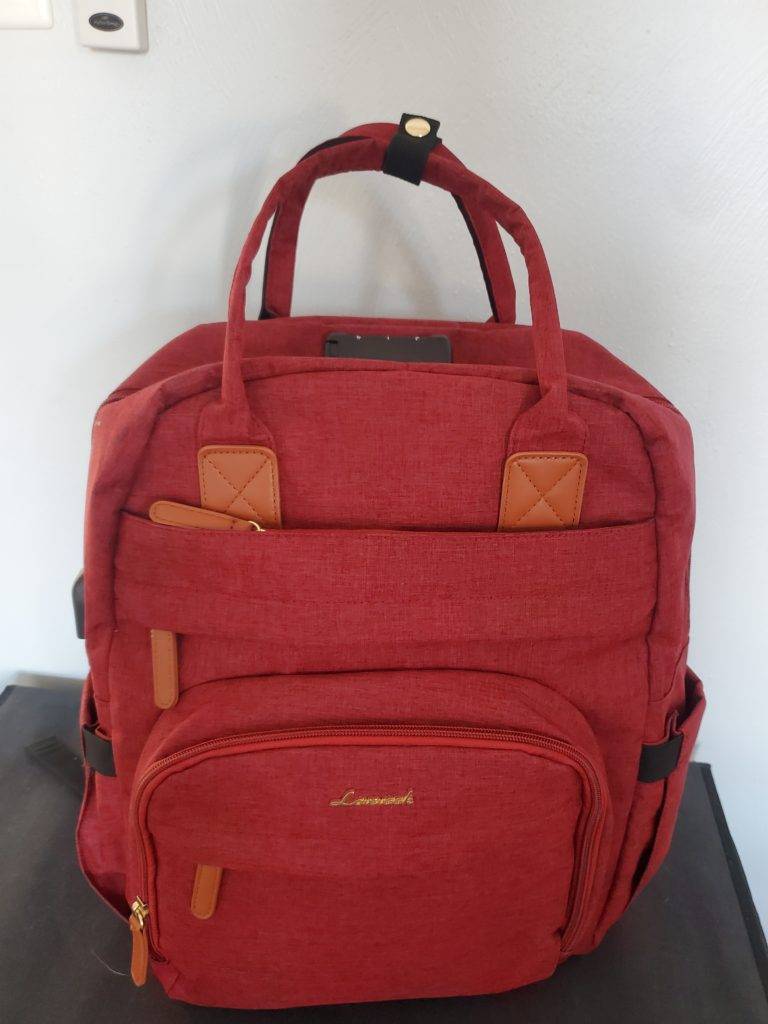
Based on our experience, I would agree with that assessment. We never felt unsafe, thanks to the welcoming people and some conscious decisions. We invested in an anti-theft backpack and a hidden money belt (*affiliate links)to keep our cash out of sight and tried not to stay out too much after dark, especially if we needed to walk. Honestly, I’ve felt far worse about some places I’ve visited in the United States.
As long as you exercise common sense, you shouldn’t have any trouble.
English is Widely Spoken
I worked hard on my Spanish before this trip. In the end, I was both disappointed and relieved at how little I had to use it.
Every single tour we took had a guide that spoke fantastic English. One shared that children now learn English in the schools because Costa Rica is such a tourism hub, and English is a highly marketable skill. He mentioned they plan to add Chinese to that list as well!
Most of the hotel staff we interacted with also spoke English very well, and a lot of our waiters and waitresses helped interpret the menus when we needed it. Additionally, most written materials had an English translation section.
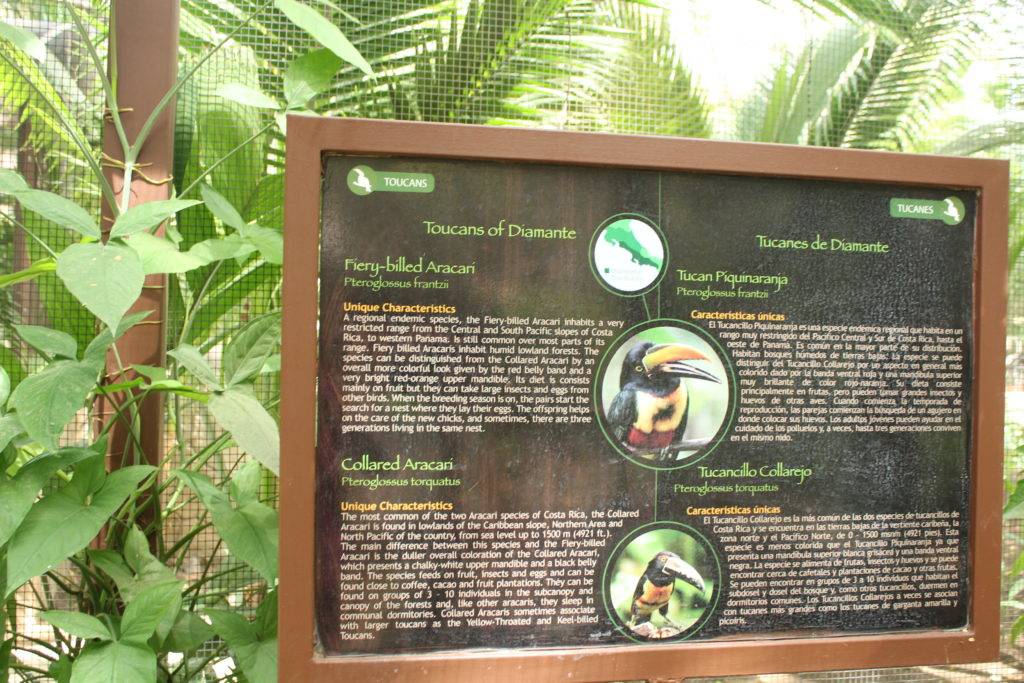
However, I still highly recommend brushing up on your Spanish or having Google translate handy! On our first night, when we checked in, I conversed primarily in Spanish with the man at the desk to get the details of our stay. We also had several situations (particularly at small local restaurants) where the staff only spoke Spanish. So don’t just assume you’ll never need it.
Immigration Can Take Forever
I have heard mixed things on this from some of my Instagram community, but I wanted to put out a warning here just in case. Several people commented on my recent post that they got through immigration in about 5 minutes. Others shared an experience similar to ours, where immigration took 2 hours with next to no air conditioning!
I hope you get to walk right into Costa Rica and start your adventures immediately. But just in case, I highly recommend you pack some extra snacks and water in your carry-on. (We were so hungry and thirsty!) We were very thankful that we had a Netflix special downloaded to occupy an hour of our time as we shuffled through the line.
I’ve also heard that immigration is much quicker if you land in Liberia rather than San Jose.
People May Try to Charge You for Free Parking
It’s not uncommon to see men wearing safety vests standing along some of the busier streets and parking lots. In most cases, these are not official workers, but they will approach you and tell you there’s a fee to park your car there or for them to “watch it.” These are typically scams, but you may want to give them a tip so nothing happens to your car if you park there. However, make sure to pay any actual parking meter fees posted.
We had one situation where a man said it was $5 to park in the “free” beach lot, but I didn’t have any cash on hand, so I told him that honestly. We turned to leave, and he told us it was okay and waved us toward the beach.
If you’re worried or uncomfortable with the situation, just find somewhere else to park, like a lot with clearly posted fees and a security guard.
11 Fun Facts About Costa Rica
Taco Bell Meals all Come with Fries–Really Good Ones!

We decided that just once before we left, we had to see what Taco Bell was like in Costa Rica. Something that cracked us up was that pretty much all the meals came with french fries. That’s just the standard side! And the best part was, they were delicious! They were way better than any of the nacho fries at my local Taco Bell.
I also loved that the dessert was dulce de leche flautas instead of Cinnabon bites!
Costa Rica is Only 10(ish) Degrees from the Equator
Costa Rica is very close to the equator, which means you’ll typically enjoy warm weather. However, you’ll also be out in intense sun rays every day, so you’ll want lots of sunscreen.
The Cattle of Choice are Zebus
You’ll see lots of cattle as you drive through Costa Rica, particularly in the Guanacaste province, where ranches are common. If you pay attention, you’ll notice that many of these animals have big humps on their shoulders. That’s because they’re Zebu! Apparently, Zebu is the cattle of choice because the creatures do so well in the tropical climate.
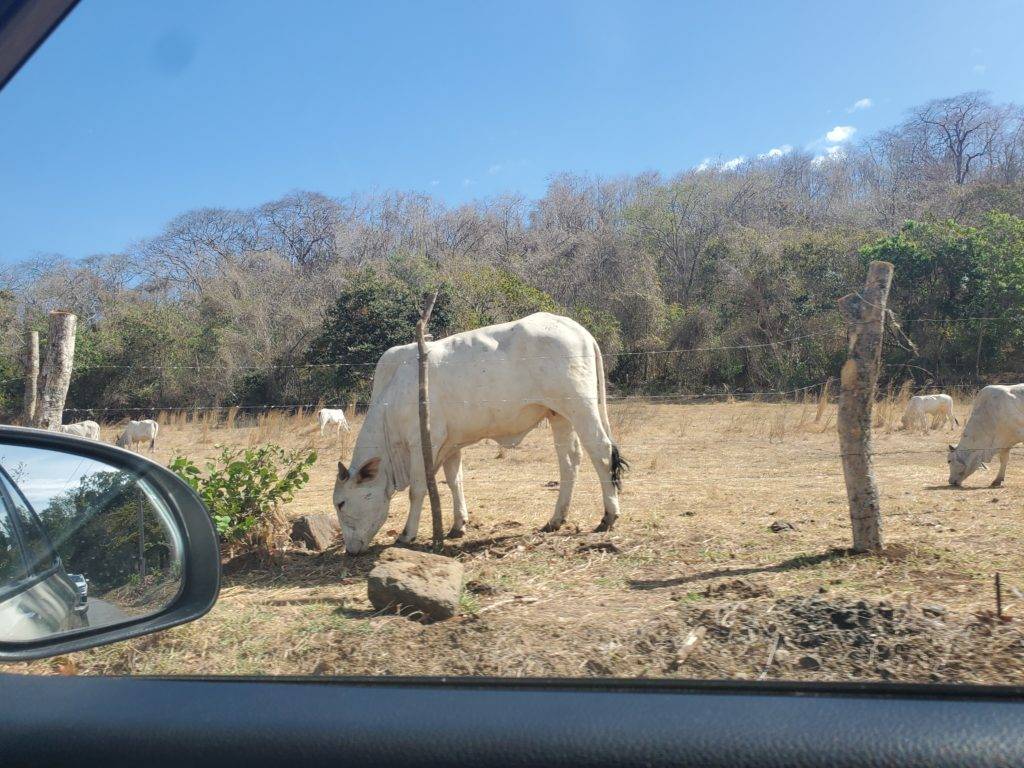
Many Tours Operate on “Costa Rica” Time
One morning during our stay at Papagayo Golden Palms, one of the managers joined us for our walk to the front gate. When we told him we were getting picked up for a tour at 7:15, he laughed knowingly and asked, “Is that in Costa Rica time?” He warned us that schedules are often very relaxed in the Pura Vida lifestyle, and we may be waiting for quite a while for our pickup.
It’s not uncommon for things to be delayed by 30 minutes to an hour longer than you planned. However, if you choose a tour agency used to working with tourists, we found that they typically started on time or had no more than a 15-minute delay.
There are Dogs Everywhere
We saw so many dogs during this trip. As soon as we hit the outskirts of San Jose, the dog population seemed to erupt. They lounged in front of houses, ran across the streets, or walked dutifully next to their owners. It got to a point where it was weird not to see at least one dog in the area.
It was hard to tell how many of these pups were pets and how many were wild. But besides the little fluffy white ones inside fences, it seems that they’re all allowed to roam freely. We saw very few collars or leashes, even on the ones that seemed attached to people.
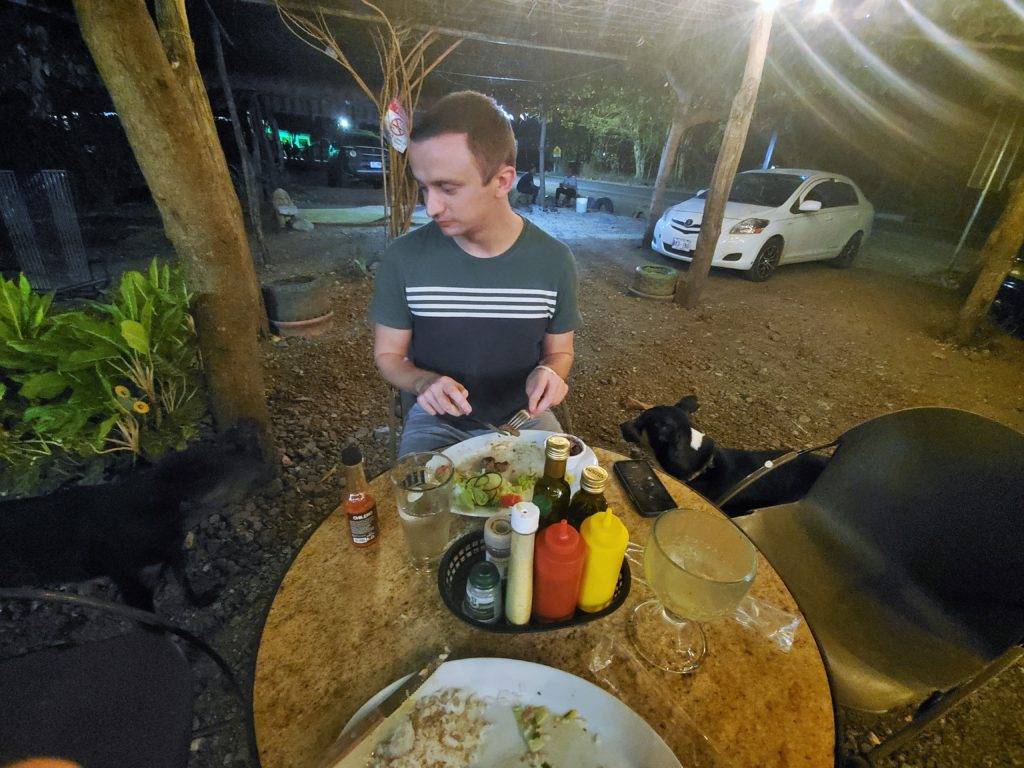
If you eat at an open-air restaurant, something to keep in mind is that these pups will likely stop by your table searching for scraps. We never had a problem with aggressive dogs, but it was amusing to look down and see an expectant snout waiting next to my lap while I ate. There was also a teacup chihuahua who kept tapping my leg with his tiny paw, and it was hard to say no!
Costa Rica Has 850 Species of Birds
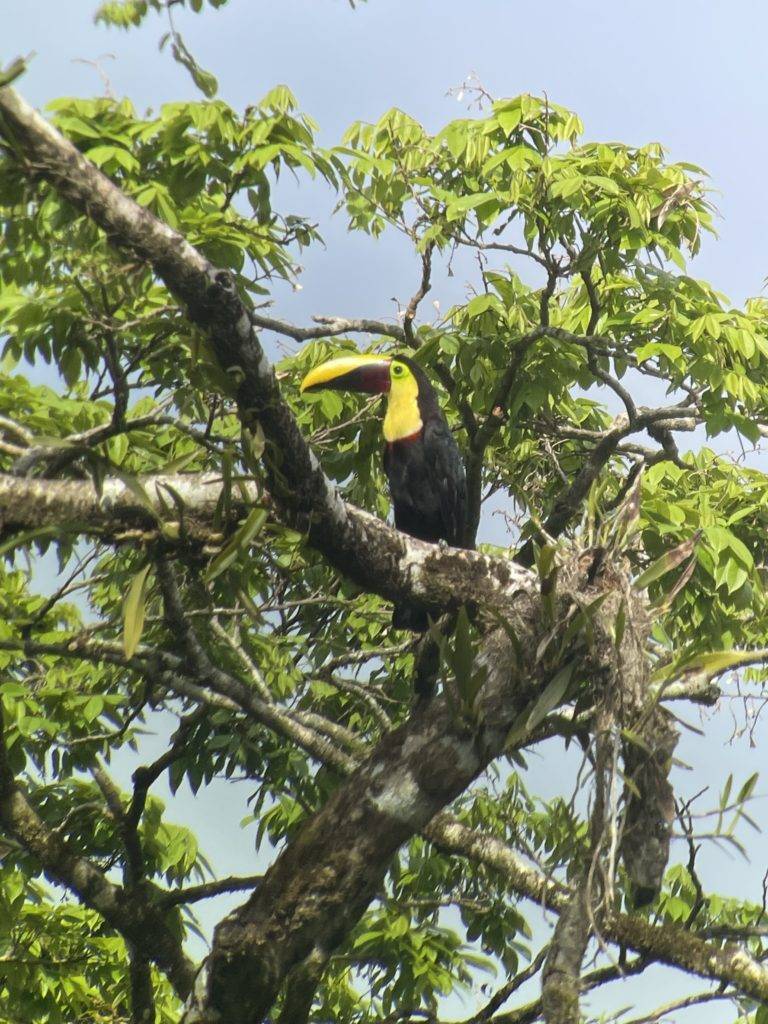
That’s incredible, especially for such a small country! Be sure to keep your eyes peeled everywhere for birds, both big and small.
The People are Incredibly Friendly
Daniel and I were blown away by how kind everyone was. Everyone greeted us warmly, from hotel staff to our waitresses. Everyone was happy to answer questions and so patient whenever we were working through a language barrier. It was such a refreshing vibe from the rudeness we often experience here in America.
Pura Vida can mean hello, goodbye, you’re welcome, and more!
You’ll hear “Pura Vida” quite a bit during your trip. It seems like people can use it in quite a few different ways. But his “pure life” phrase goes beyond the words to be an entire laid back and worry-free lifestyle. No wonder they’re so happy and friendly!
There is a Strong Emphasis on Sustainable Tourism
I loved how many of our tours emphasized sustainable tourism. If you don’t know what that means: sustainable tourism is a way of exploring a place that leaves it as good or better than you found it. It emphasizes taking care of the environment, preserving cultural heritage, and providing jobs for locals rather than corporations.

You’ll find that all over this beautiful country, and it’s the perfect way to keep it thriving!
The Traditional Costa Rica Lunch is a Casado, and It’s Delicious!
I ate way too much food in Costa Rica, but I couldn’t help it! One of my favorite dishes was the traditional casado, which many people eat for lunch every day. It is a large plate that includes protein (chicken, fish, pork, or beef) plus black beans, rice, plantains, salad, and chips or a tortilla.
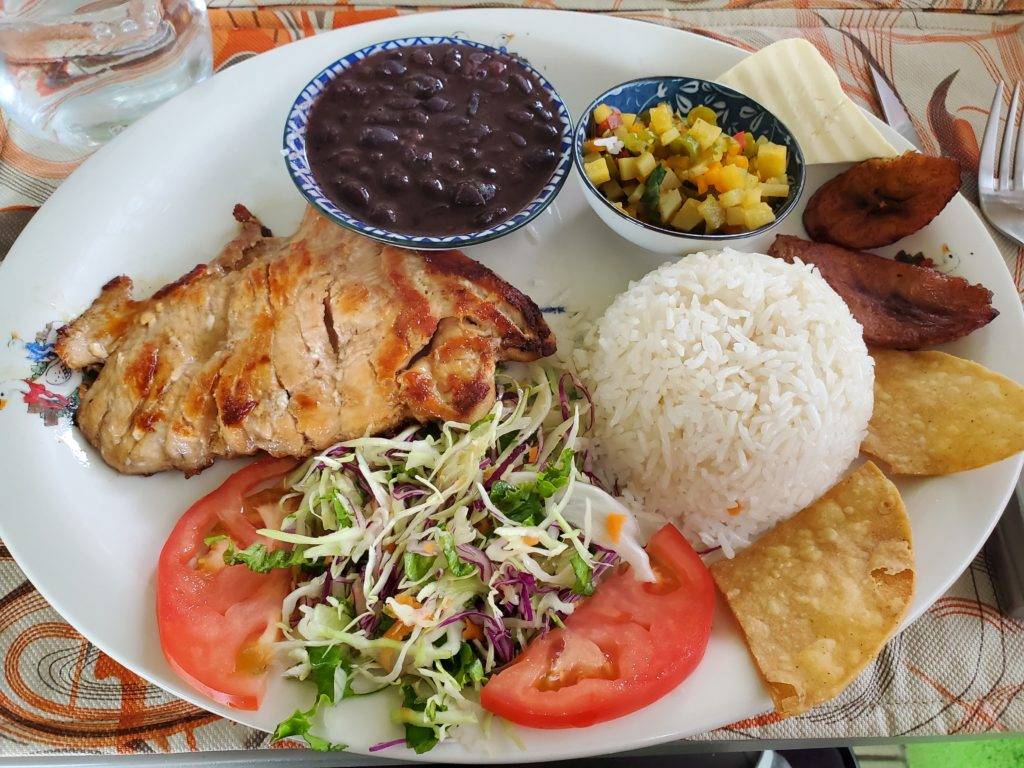
These are typically huge plates that only cost a few dollars, and all the ones we had tasted so fresh and yummy! Be sure to try at least one while you’re there!
Gas is Not Self-Serve
We discovered this little fun fact at about 10 pm on our first night. At first, we weren’t sure why a gentleman was approaching our car. But thankfully, we weren’t the only vehicle there, so we figured out what was going on pretty quickly despite our foggy travel brains.
An attendant will ask you how many liters you want in the tank when you pull up. If you wish to fill it up, that makes things easy. But be prepared to do some math if you only want a certain amount.
On occasion, the attendants may go beyond filling your tank to washing your windows or whole car (even if you say no), and they will expect a tip, so have that handy.
Closing Thoughts on Costa Rica Trip Planning
These are just a few of the things you’ll encounter while you’re in Costa Rica, but this should help you prepare for most situations. I highly recommend that you do research on any of your questions/concerns before you arrive so that you can prepare in advance.
I hope this guide was helpful to you and gives you a good idea of what to expect for your first visit to Costa Rica!
If you have any additional questions, feel free to drop them below in the comment section!
Before you go, don’t forget to check out my other posts in the Pura Vida series for great ideas on activities to do in Costa Rica!
The Pura Vida Series:
- Addicted to Coffee & Chocolate? You’ll Love This Tour!
- Everything you Need to Know About the Mistico Hanging Bridges
- Into the Rainforest: A Trek Through Sloth’s Territory
- An Exciting Zip Line & Rappel Tour in La Fortuna
- Why I Didn’t Want to Leave Montana de Fuego Hotel
- How to Make Your Trip to Costa Rica a Success: A Packing Guide
I also would love it if you’d take a second to subscribe to the blog and share this post with your friends!
Sign Up for Updates from Carried Away Travels
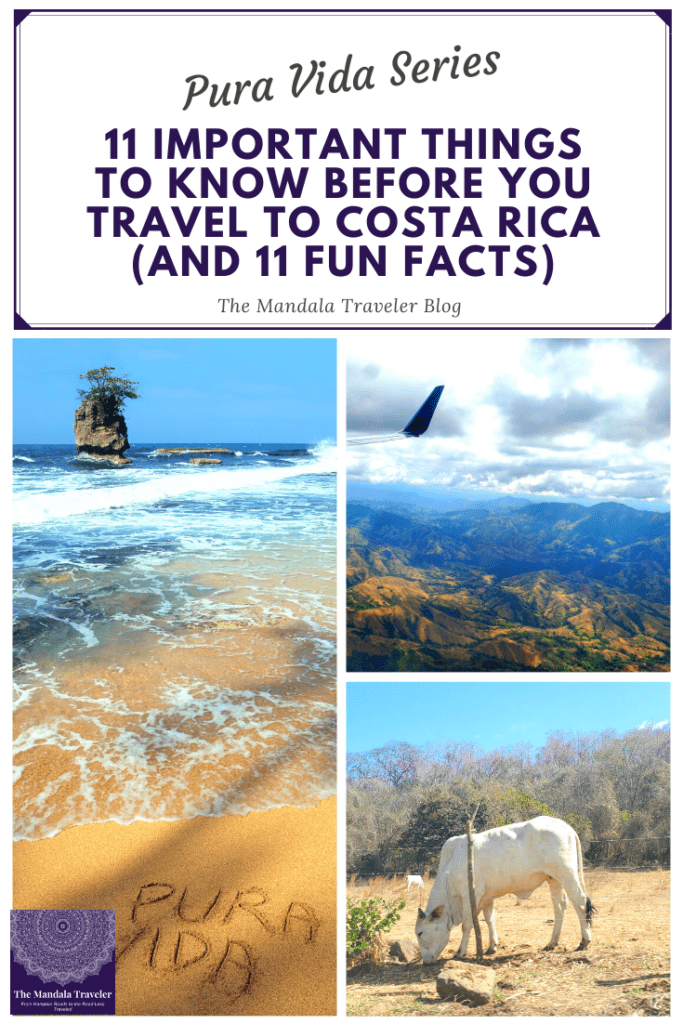
Thanks for reading, and I hope you’ll come back next week for my newest adventure! Happy travels!
